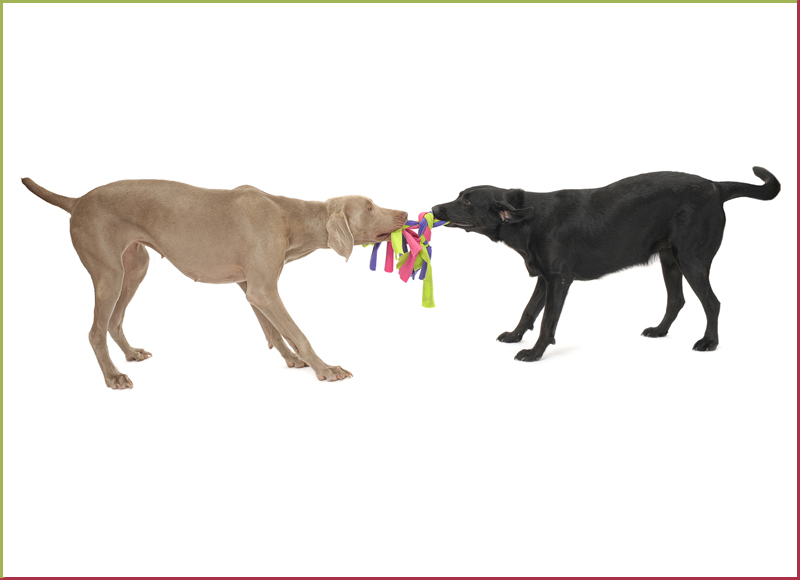by Margaret Bryant
Texas School Instructor
Managing client expectations is always important when you are a business person. It is never more important than when you are a pet photographer. You know the pet owner who thinks their adorable little fluff ball will always behave and whose dog does the cutest trick that you are supposed to capture on “film.” Yeah, right.
I start with managing the expectations of how the process will work. When a potential client contacts me I will make sure they know my whole process. It is a time commitment and I want them to know that. If they are not willing to commit the time, they are likely not committing much money, and are not my ideal client. I require an in person consultation. (more on that later.) Sometime after the consultation is the actual photo session, and a few days after that is an in person sales session. Each time I meet with them, I remind them of the remaining steps and what will be happening at each step. They know exactly how it will work and I rarely have problems as a result.
The consultation is the most important time to manage client expectations in regards to their animal. Their cat or dog is brought to my studio for the consultation. This is VERY important. While we are talking, the dog or cat is exploring my studio. I make sure there are no hazards for the animal exploring. Yes, I am talking with the client about products, session planning, and what comes next, but most importantly I am talking about their dog (or cat). I want to know the animal’s personality, what day to day life is like, where they got the animal, why they got the animal, favorite toys, and things the animal does. I am watching the dog (we’ll stick with dogs for now) and talking with the client. I want to know if the dog is likely to be shy around strangers, shy in new locations, likely afraid of the flash, knows any obedience, has any unusual behaviors and so on. Some of this I will determine from observation and other things I determine from talking with the owner. I ask how the dog reacts to thunder and lightning storms. If they are afraid, this tells me they might be afraid of the studio flash. If I notice the dog is skittish during the consultation, it is also an indication of potential problems. If the dog won’t do their cute trick for me for the consultation, they probably won’t do it during the session either.
I let the owners watch the photo session if the dog is okay with that. Some dogs do better when the owner is out of sight. I tell the owner when they are watching the session to not talk to the dog and to let us do what we do. If they have any suggestions about their dog, they should tell me in advance because, when they get frustrated, their dog will sense that. It is important they stay calm. I also tell them that they will run out of patience long before my handler and I do. Indirectly I have given them permission to become impatient, but advised them to not show it to their dog. Invariably after a session, I have owners agree with me that we have an amazing amount of patience!
If we can have the owners observing during the session, I prefer this. If they are expecting their dog to be perfectly behaved, and the dog is not perfectly behaved, or if they want the dog to do a particular trick and the dog won’t do it, they see us work through it without stressing the dog. Remember, I have prepared them earlier that their dog may not behave during the session. The owner may end up being a little disappointed, but they know we have done all we can to get the shot. (And frankly with Photoshop I can still make some “miracles” happen!)
Taking the time to prepare the owner/client to have realistic expectations about their animals makes all the difference in having a photo session go as well as possible.
